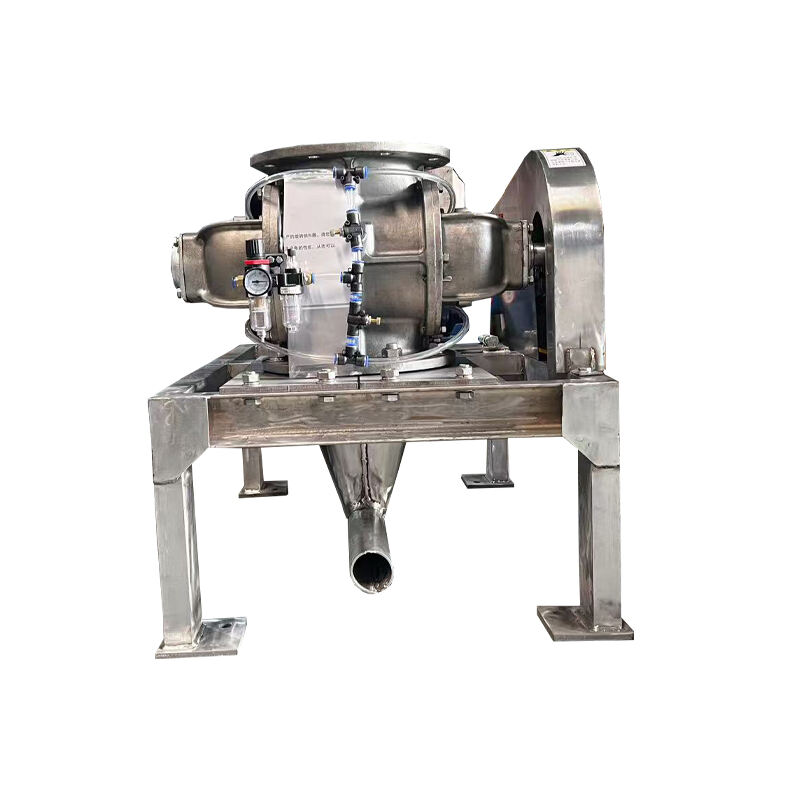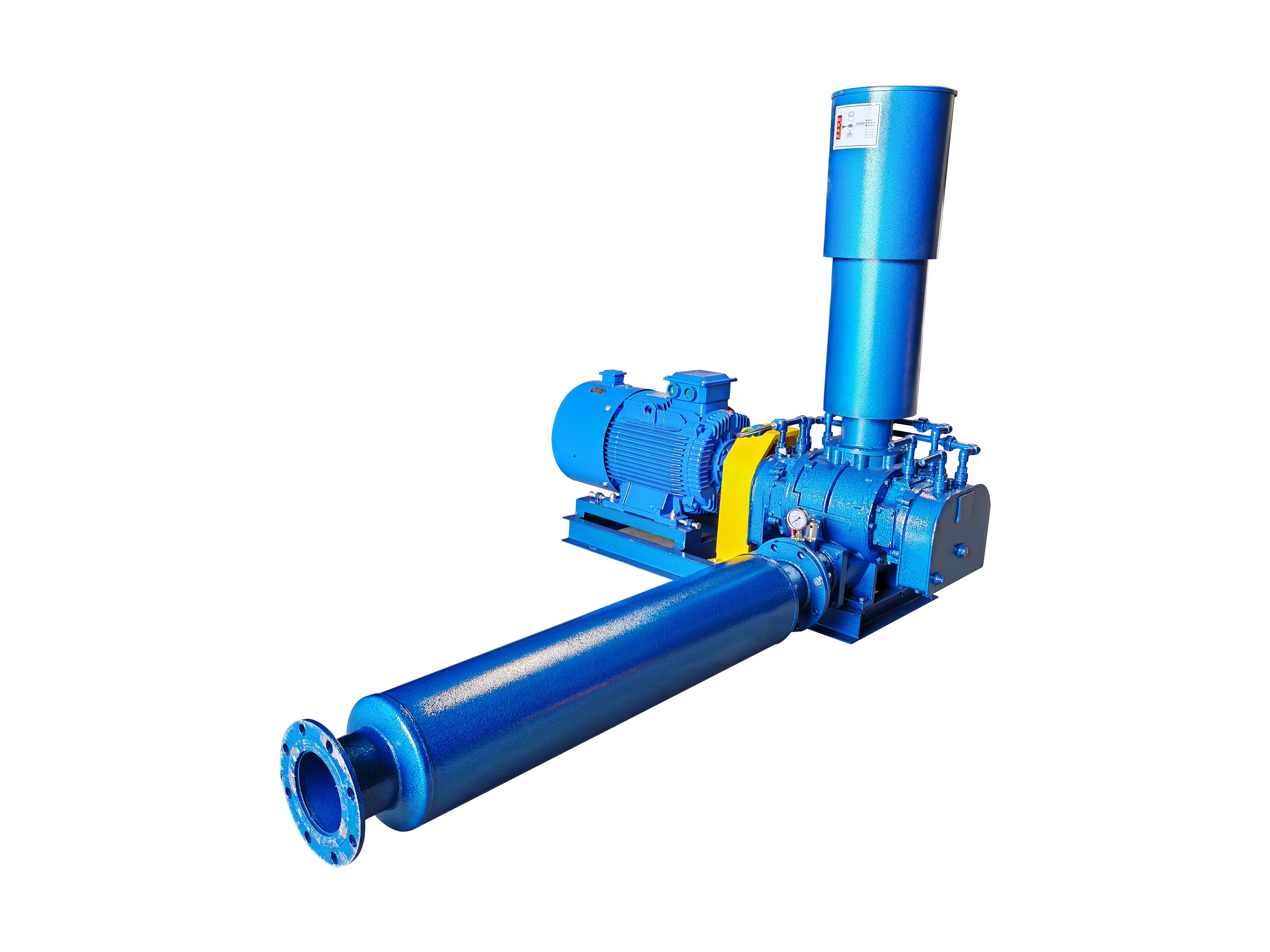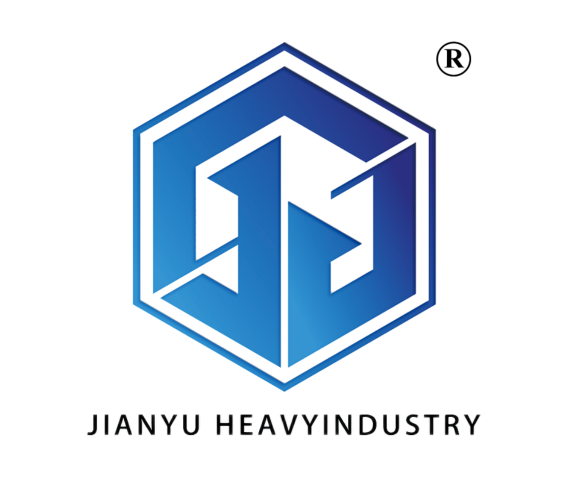aquaculture aeration equipment
Aquaculture aeration equipment represents a critical component in modern fish farming operations, serving as the lifeline for aquatic organisms by maintaining optimal dissolved oxygen levels in water bodies. This sophisticated system combines advanced engineering with practical functionality, incorporating various components such as air compressors, diffusers, blowers, and distribution networks. The equipment operates by introducing atmospheric oxygen into the water through mechanical means, creating fine bubbles that maximize oxygen transfer efficiency. These systems can be customized to suit different pond sizes and species requirements, featuring adjustable flow rates and pressure settings to maintain ideal conditions. Modern aquaculture aeration equipment often includes smart monitoring capabilities, allowing real-time tracking of oxygen levels and automated adjustments to maintain optimal conditions. The technology has evolved to include energy-efficient motors and precision-engineered diffuser designs that ensure uniform oxygen distribution while minimizing power consumption. Applications range from intensive indoor recirculating aquaculture systems to extensive outdoor pond farming, making it versatile for various aquaculture operations.



